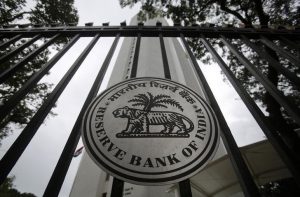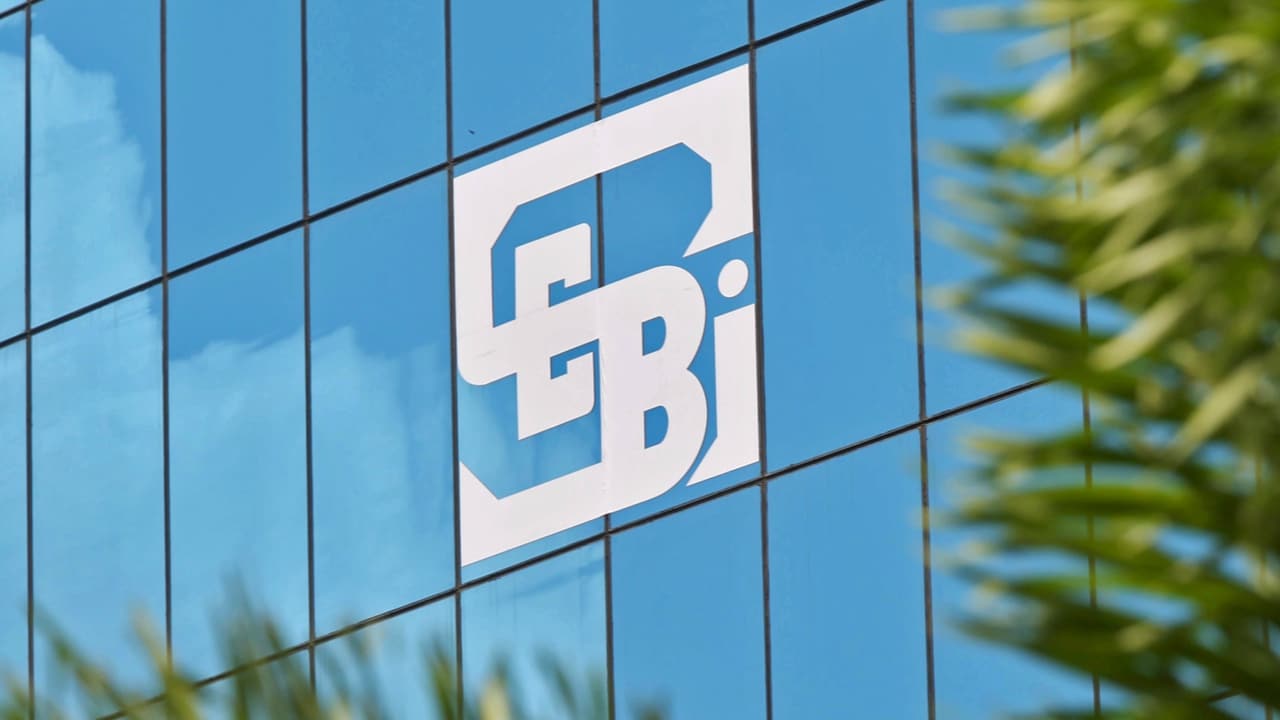Want to retire early? Think again
Summary
Whatever be the provenance, the urge to retire early is very much apparent these days.
I want to retire early.
This is something that we tend to hear a lot these days. It is possibly a fallout of the high-pressure corporate life or it is one of those fads which catches on and spreads like Whatsapp messages!
Whatever be the provenance, the urge to retire early is very much apparent these days. But, is that really feasible? Let’s take a look.
When a person retires at 60, they have about 25-30 years of life ahead. That means that they should have a corpus sufficient to see them off in reasonable comfort during this period.
Let us run some numbers. Amey is a 40 year old and his family is spending Rs.60,000 pm today. Assuming an inflation of 7%, that would be Rs.1.55 lakh after 20 years. Normally, expenses do come down after retirement as children’s education would be over and they would most probably be independent, lifestyle expenses would moderate, local commute would come down etc. Due to all these, we can reasonably assume a 25% drop in expenses. Even taking that into account, the monthly expenses would still be Rs.1.15 lakh. Assuming a 25-year survival period, the corpus required would be Rs.2.8 crore. If Amey wants to travel or indulge in anyway or leave a legacy, the corpus would need to be much higher.
Retiring At 50
Now, If Amey retires at 50, he would need to provide for children education goals, most probably. Let us say, the amount needed for that is about Rs.50 lakh. A rough calculation of corpus required @ 50 would roughly be Rs.3.2 Crores ( adding about Rs.50 Lakhs of education goals which most likely would come after retirement ) ! You see, the corpus needed at 50, is bigger and the time available to accumulate that corpus would be 10 years shorter.
This is not that very easy as people breezily assume. Very few can make this fly – I would say just 1 in a 100 can retire at 50, and still be well funded.
The other thing that people have to understand is that the saving potential in the period between one’s age of 50 to 60 is very high. Most people would be finished with their loans, the incomes would be quite high in this period, most of the things are well settled by this time and further new expenses like one incurs when young like for setting oneself up in a home etc. are not there.
Due to all this, a rough calculation indicates that one will be able to save between the years 50 and 60 what one has saved in life all along until that point, maybe more! Hence, this is an important period in life from a financial standpoint and one should think properly before retiring prematurely.
Let’s say it were possible. Most people have not figured out what they want to do after they retire. When asked, they give fuzzy answers – pursue their passion, teach in schools, travel extensively, start something & work at a leisurely pace etc.
The Numbers Speak
These don’t stand scrutiny. For instance, travelling extensively involves oodles of cash. If they do that for five years, the corpus will start dwindling sharply. Teaching in schools is not a walk in the park – it requires real interest & total dedication and 9 out of 10 would chicken out within the first six months, if that! Most just end up filling up the time watching TV & wondering what to do with those hours weighing on them like lead!
The howler is the one where they want to start something and work at a leisurely pace! When one starts up a consultancy or for that matter, any venture, one needs to put one’s heart and soul into it to get it off ground, work endless hours – keeping the cock company as it announces the day’s arrival and be at it to hear the owls toot in the stillness of the night! If this still looks like a leisurely pace, all the best!
All one can say is that it’s a fad to want to retire early and do one’s own thing! It sounds cool – certainly. But it is something that is difficult to make it fly. If properly examined, it’s not even desirable. If all one wanted is to work, why not continue working where one is currently? Why resign and then struggle at the end of the career, when one can enjoy the fruits of one’s work till that point?
Some say that they are fed up and want to retire to a restful life. But that is precisely what one is going to do after 60 – for decades! Why advance that?
Suresh Sadagopan is a Certified Financial Planner and runs Ladder7 Financial Advisories, a fee-only financial planning firm

Elon Musk forms several ‘X Holdings’ companies to fund potential Twitter buyout
3 Mins Read
Thursday’s filing dispelled some doubts, though Musk still has work to do. He and his advisers will spend the coming days vetting potential investors for the equity portion of his offer, according to people familiar with the matter









 Listen to the Article
Listen to the Article  Daily Newsletter
Daily Newsletter














